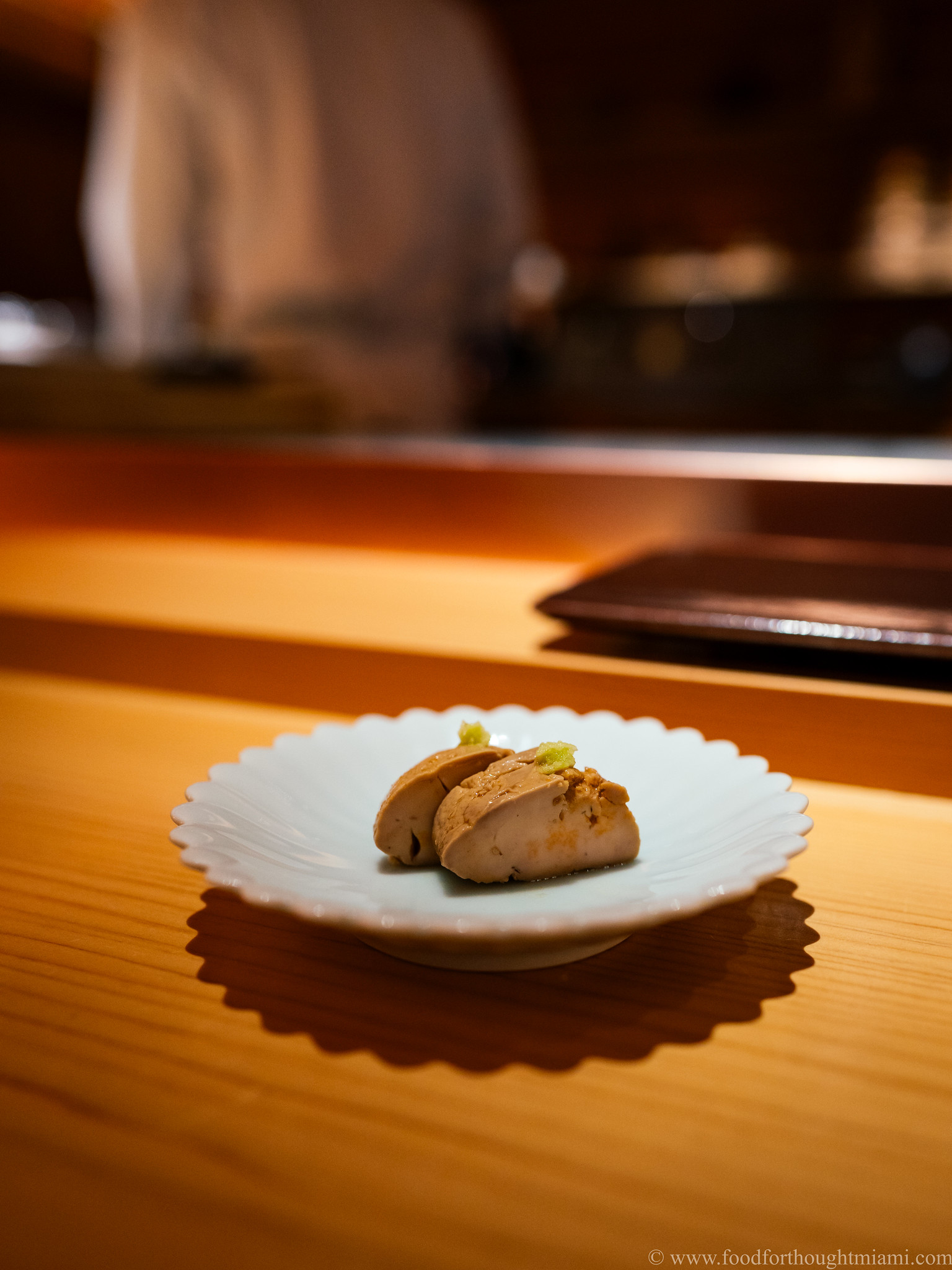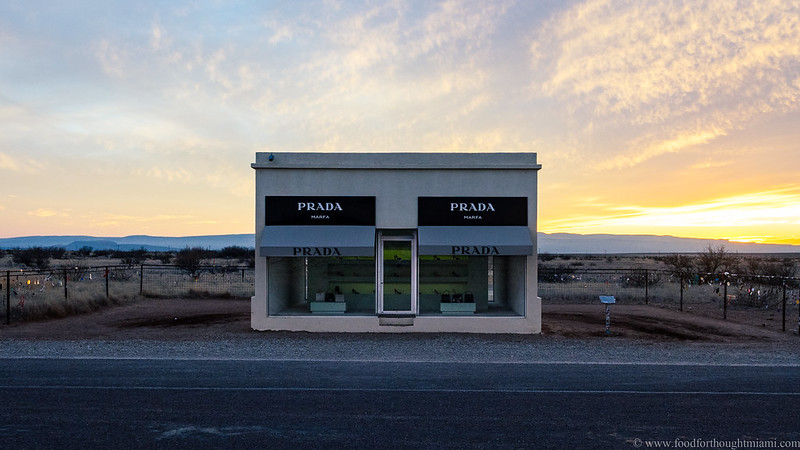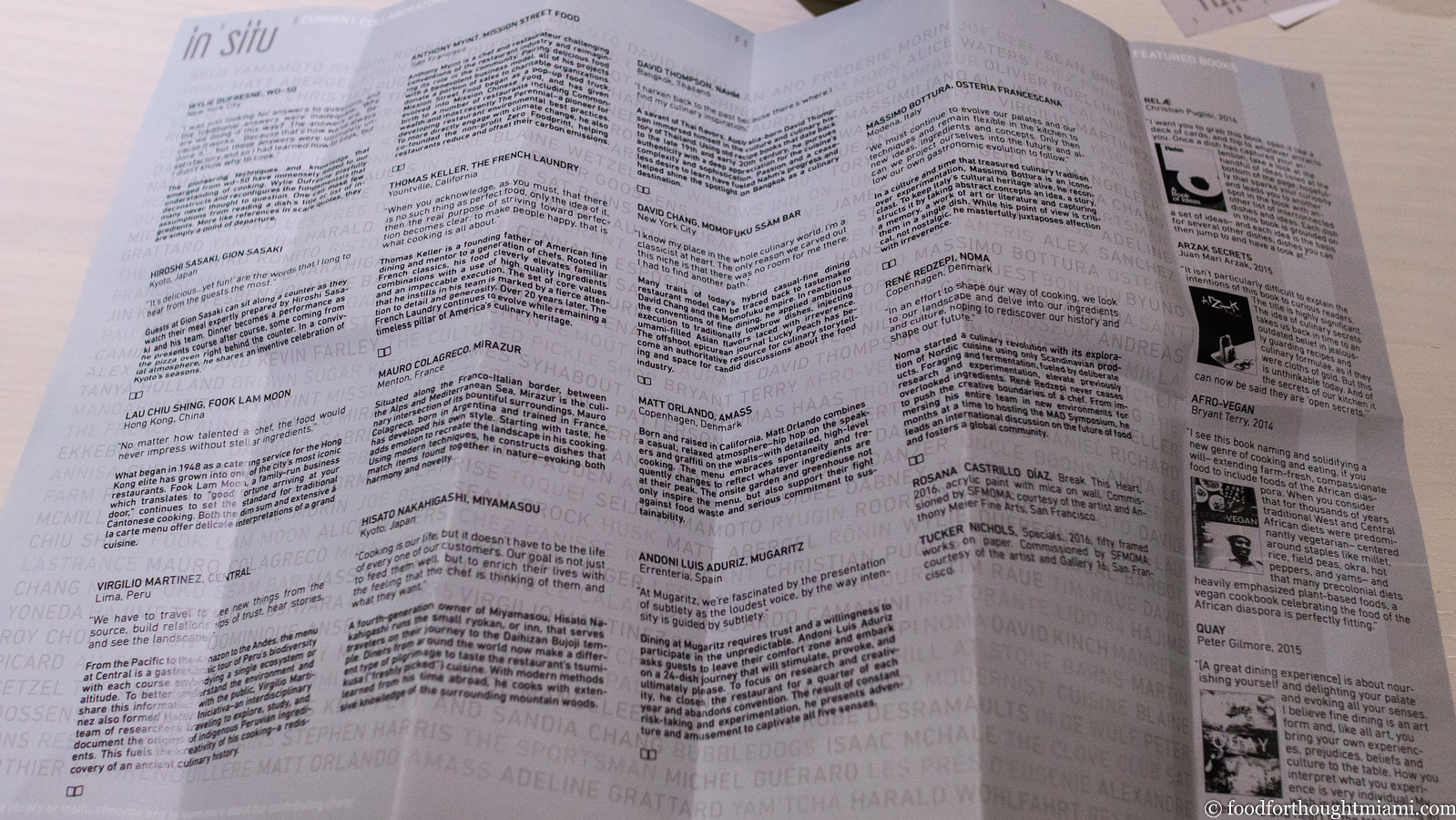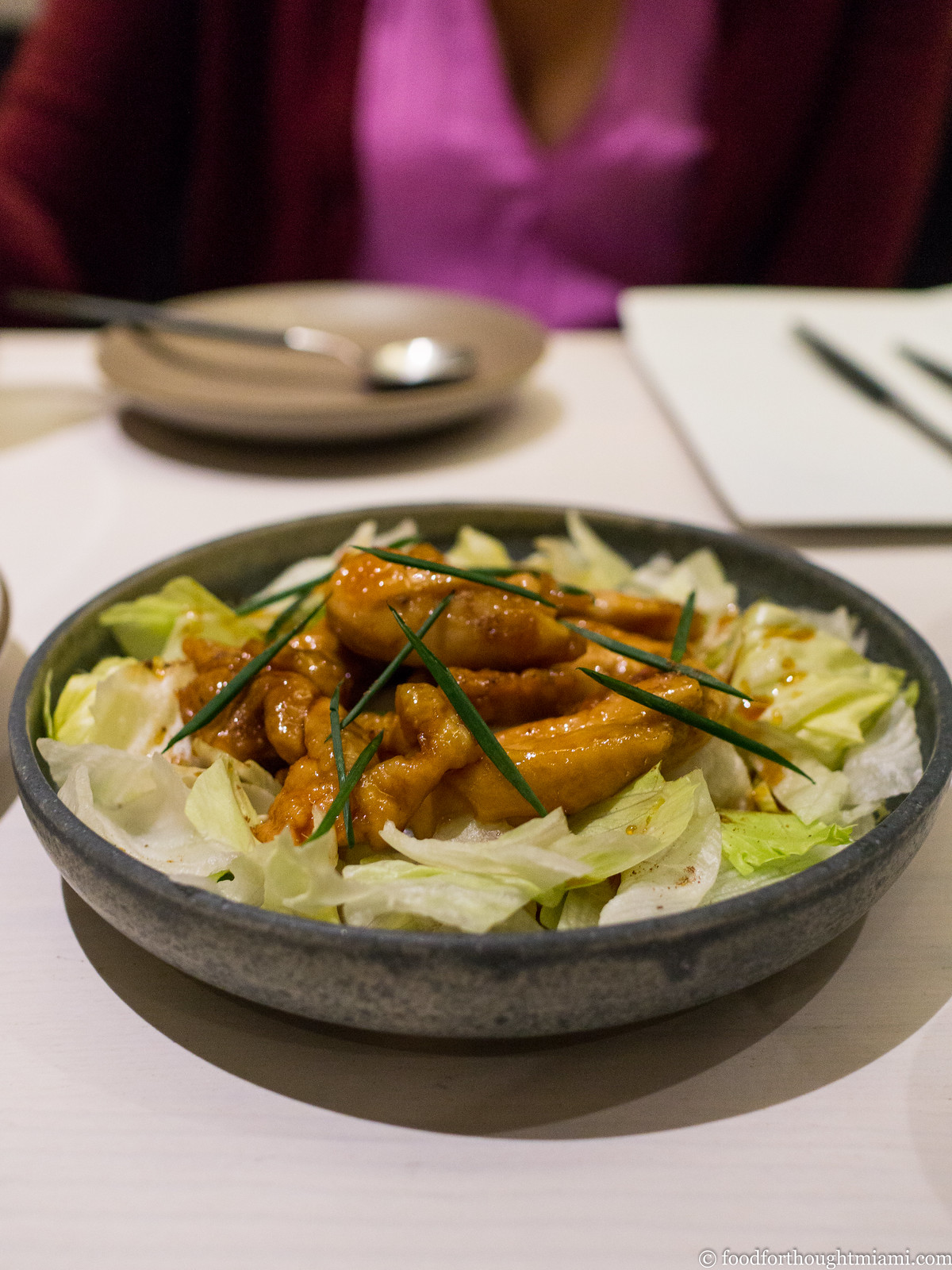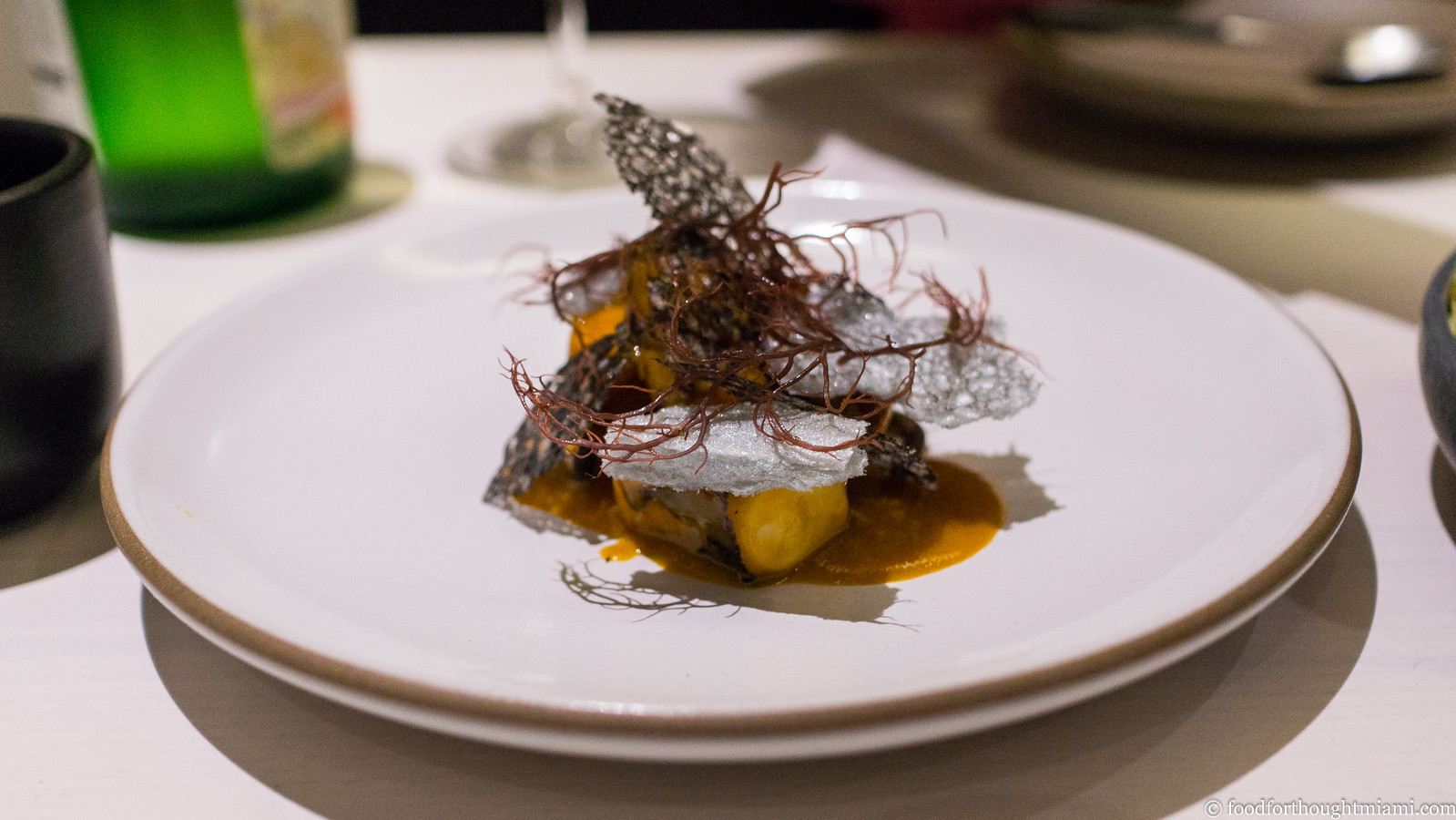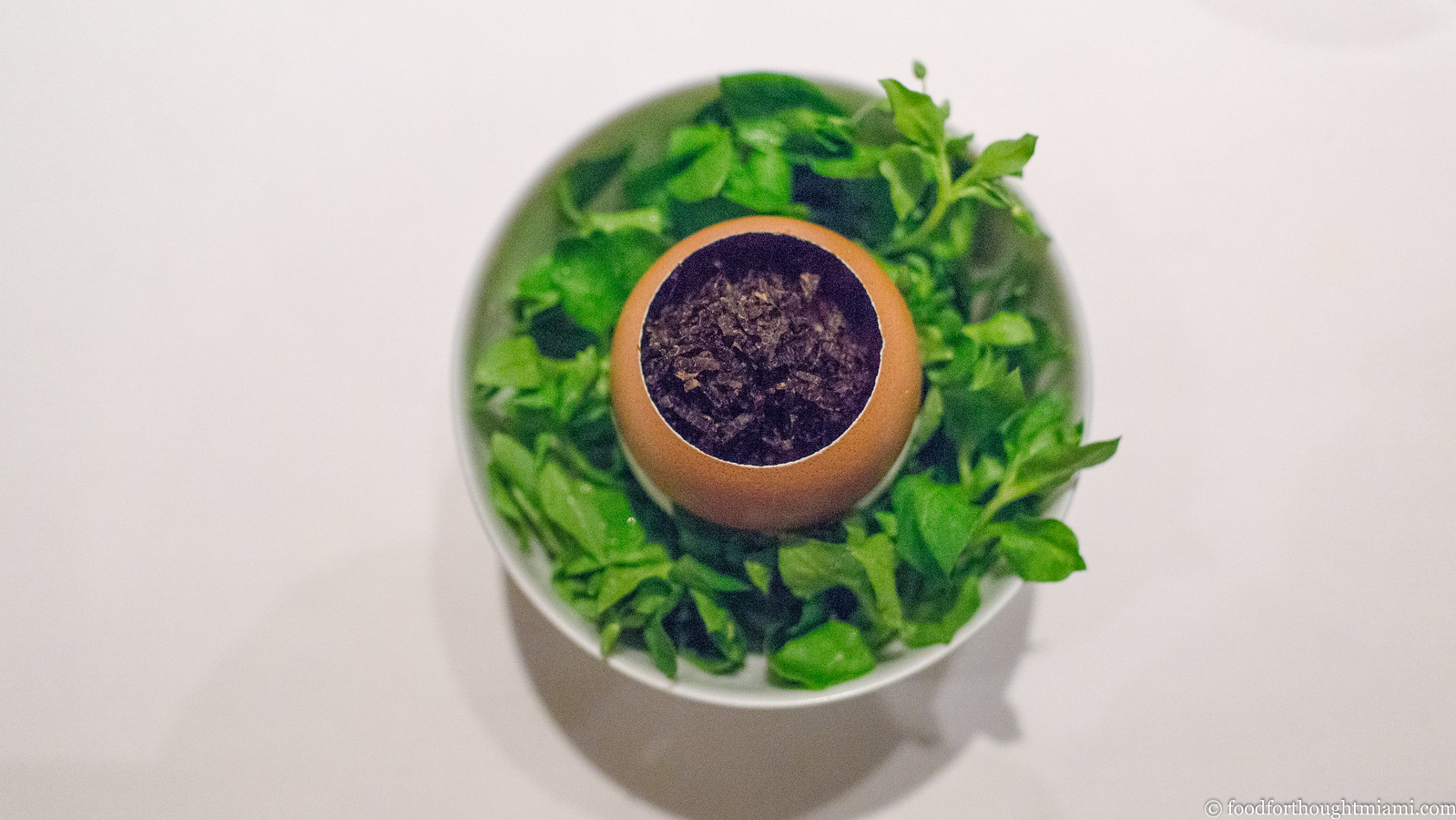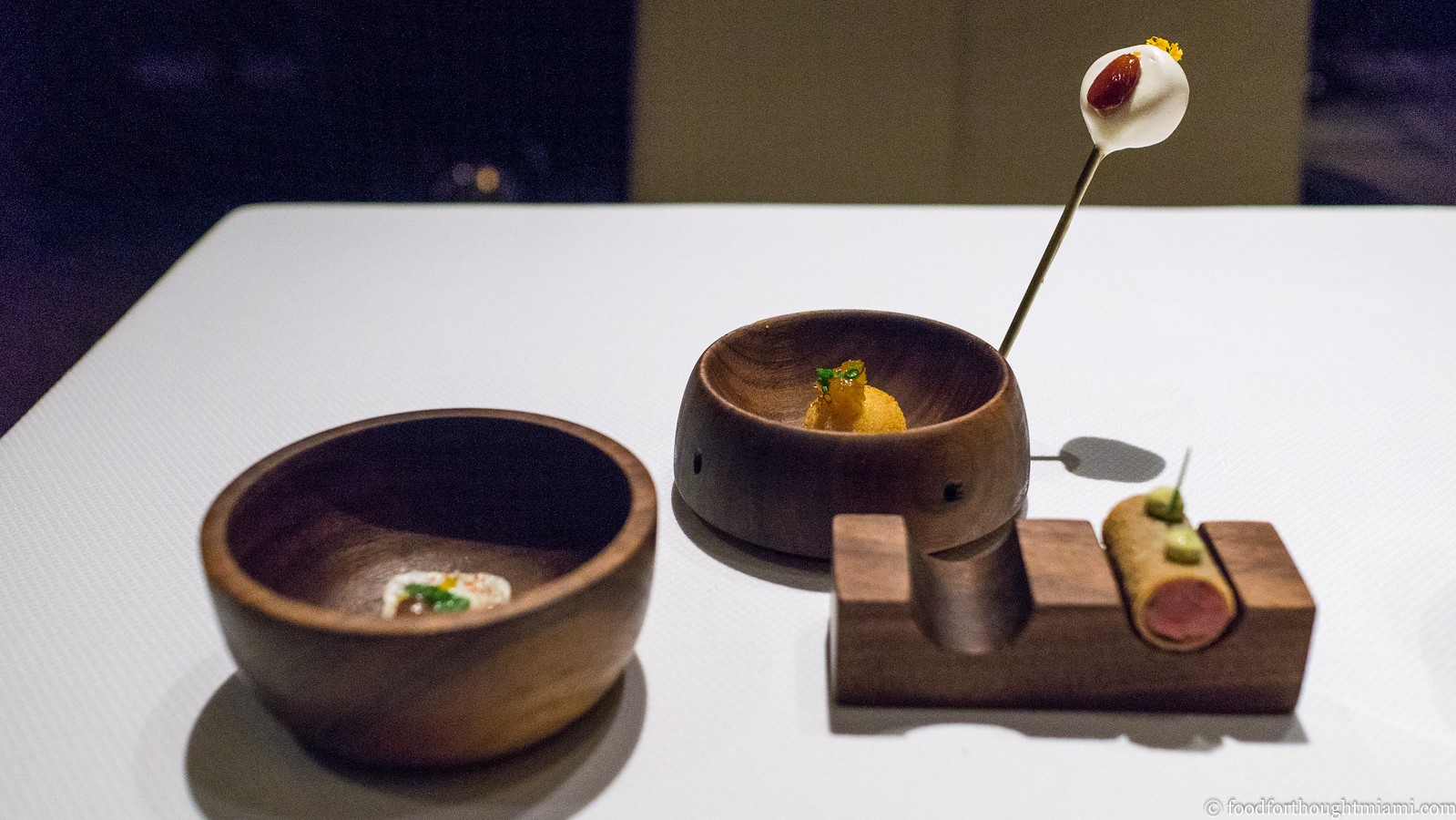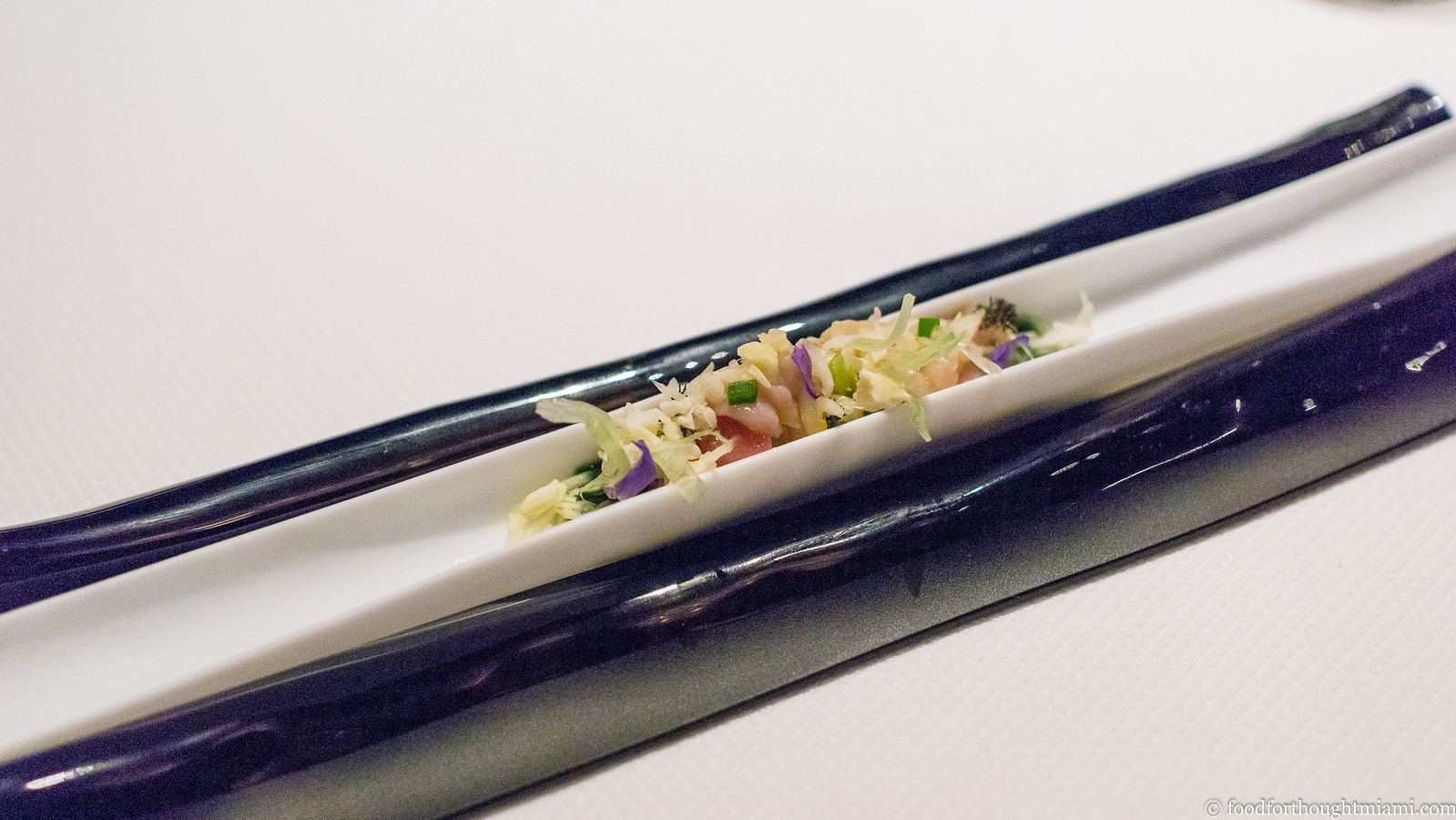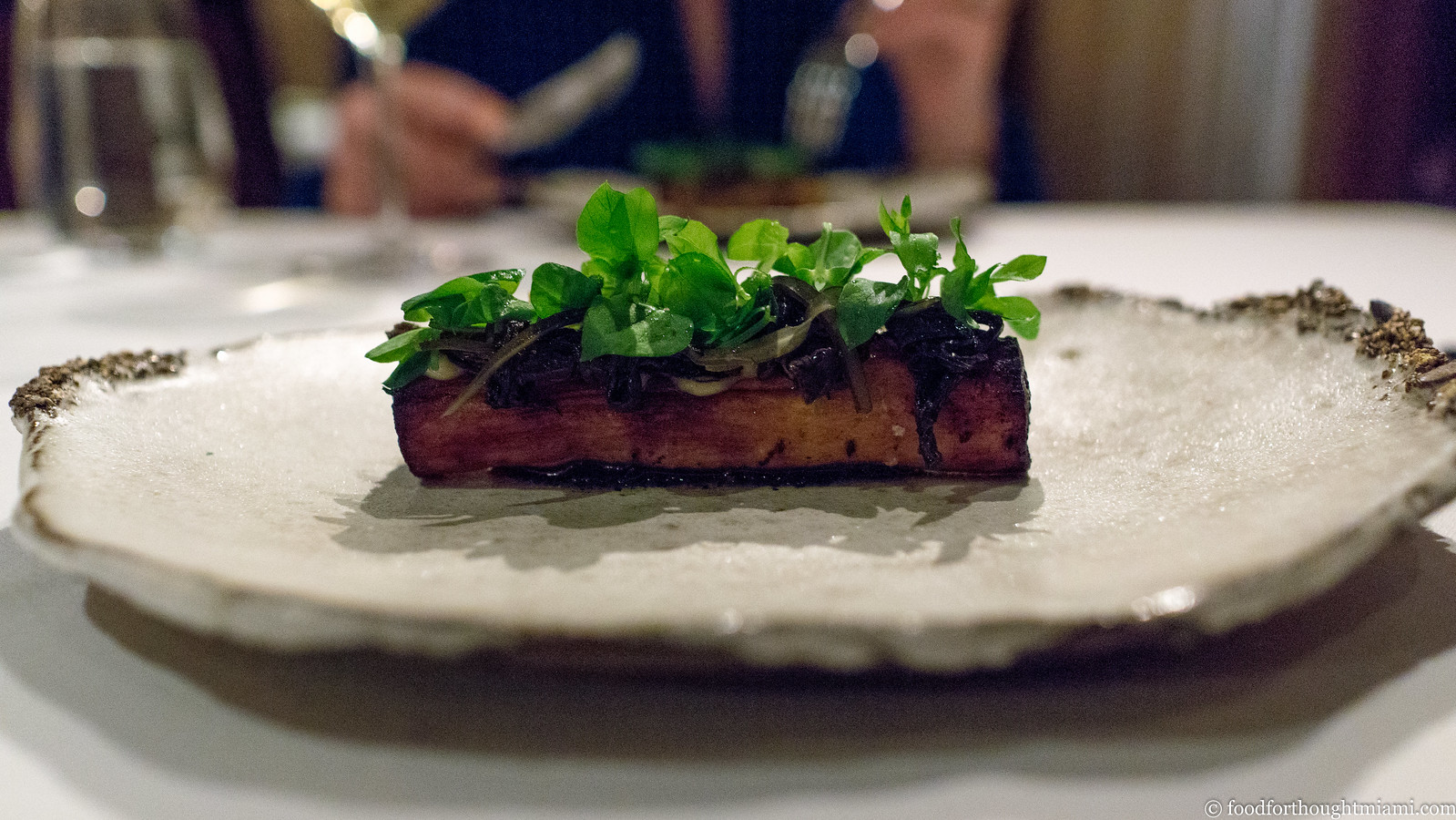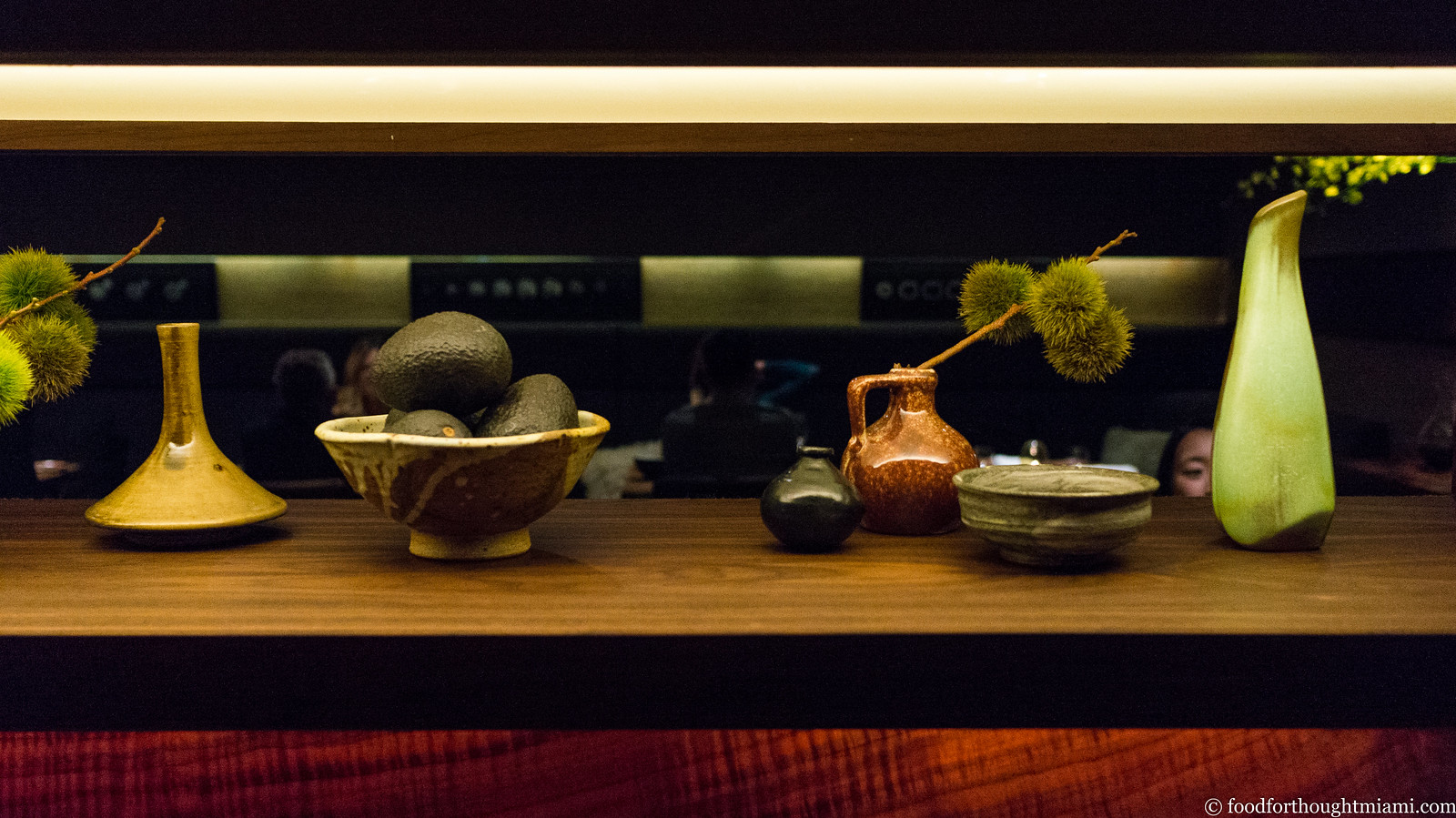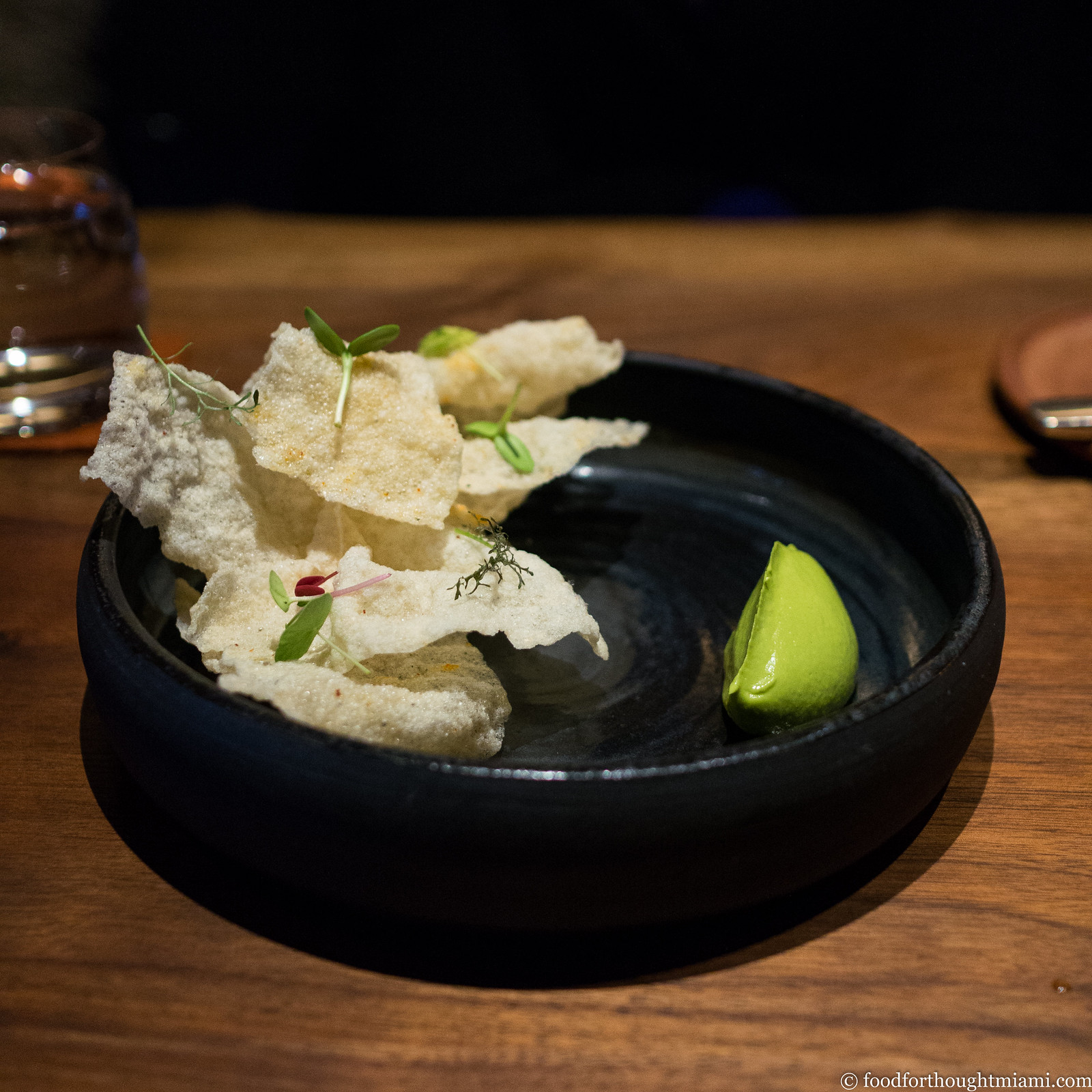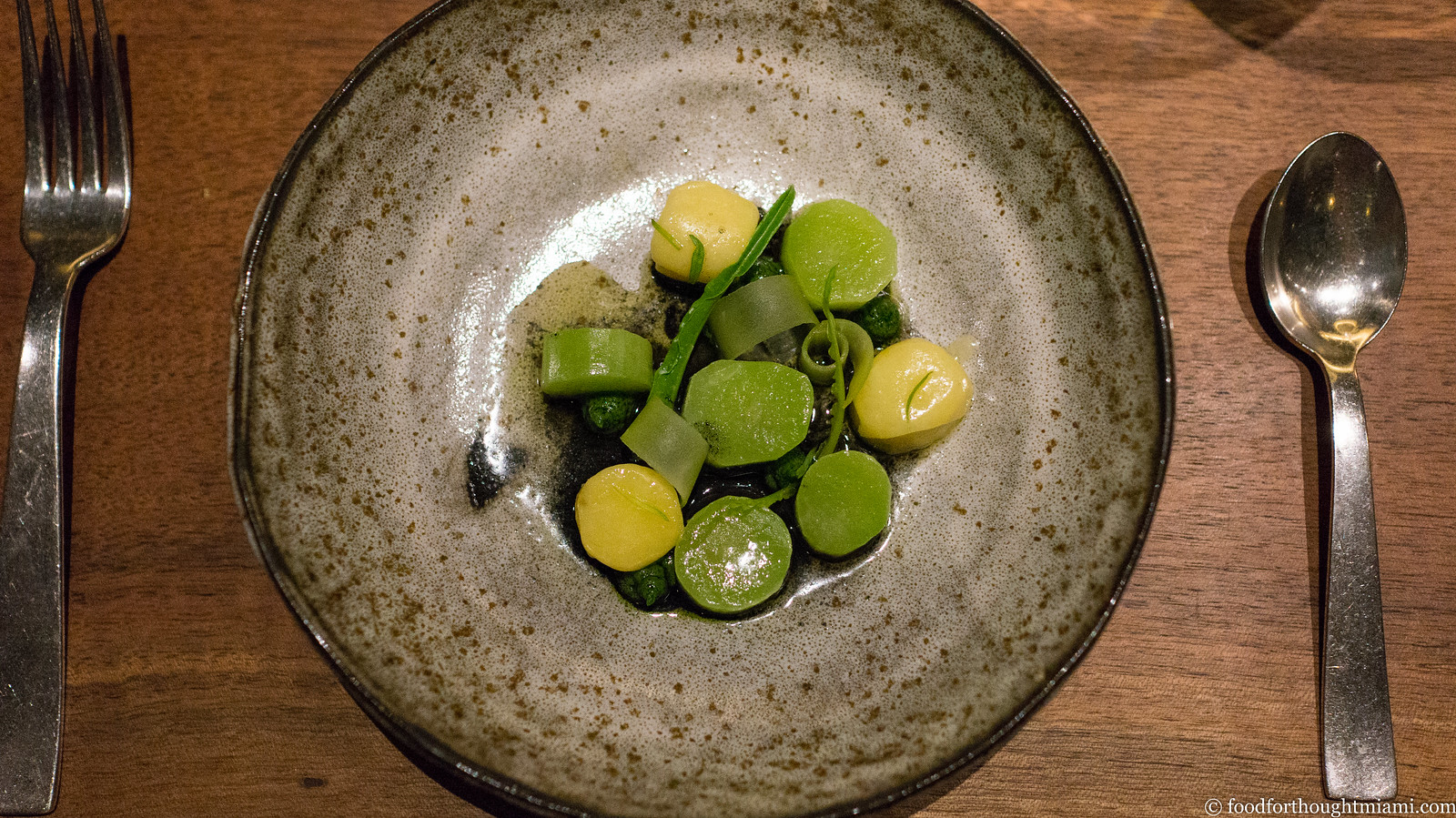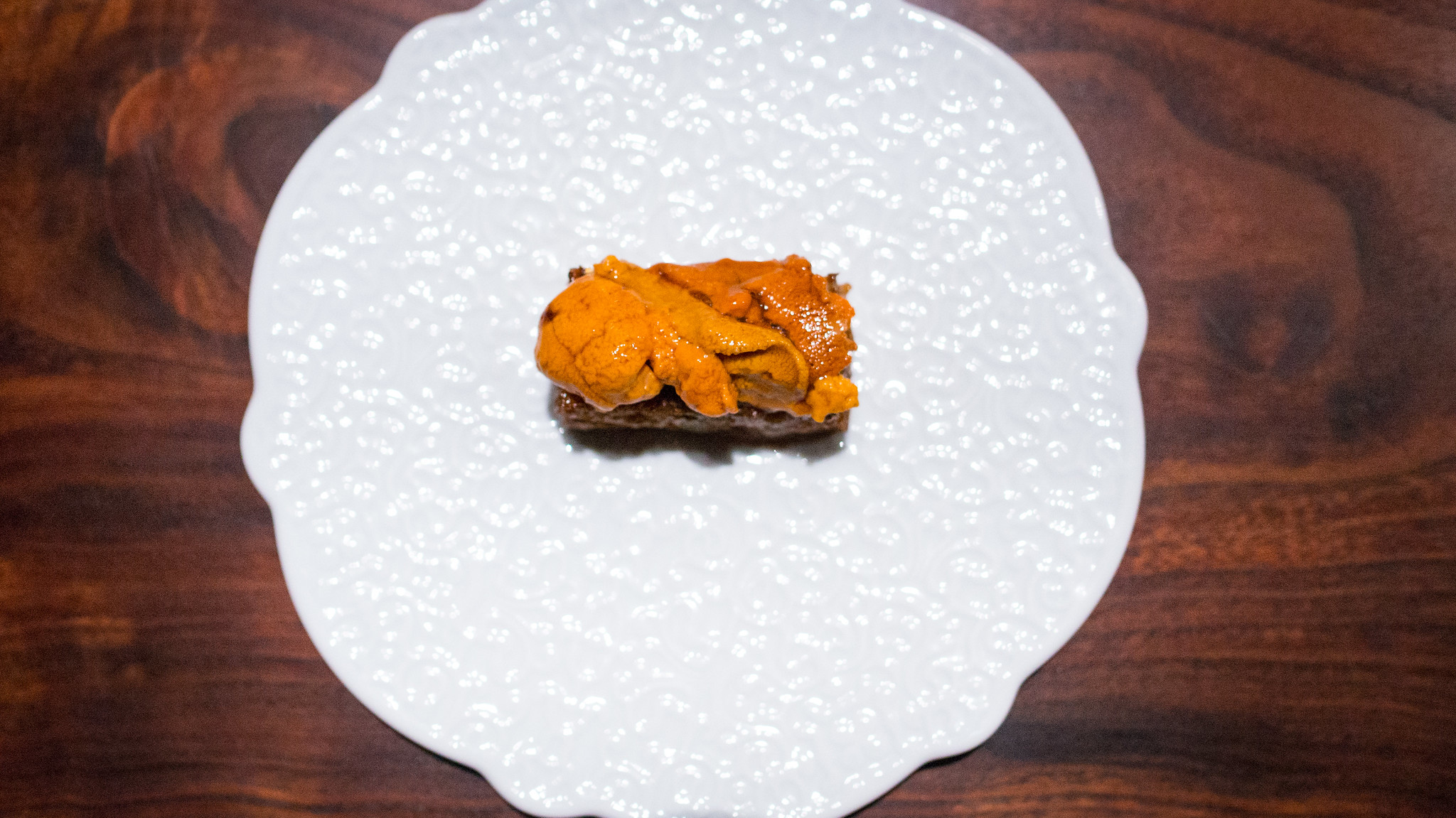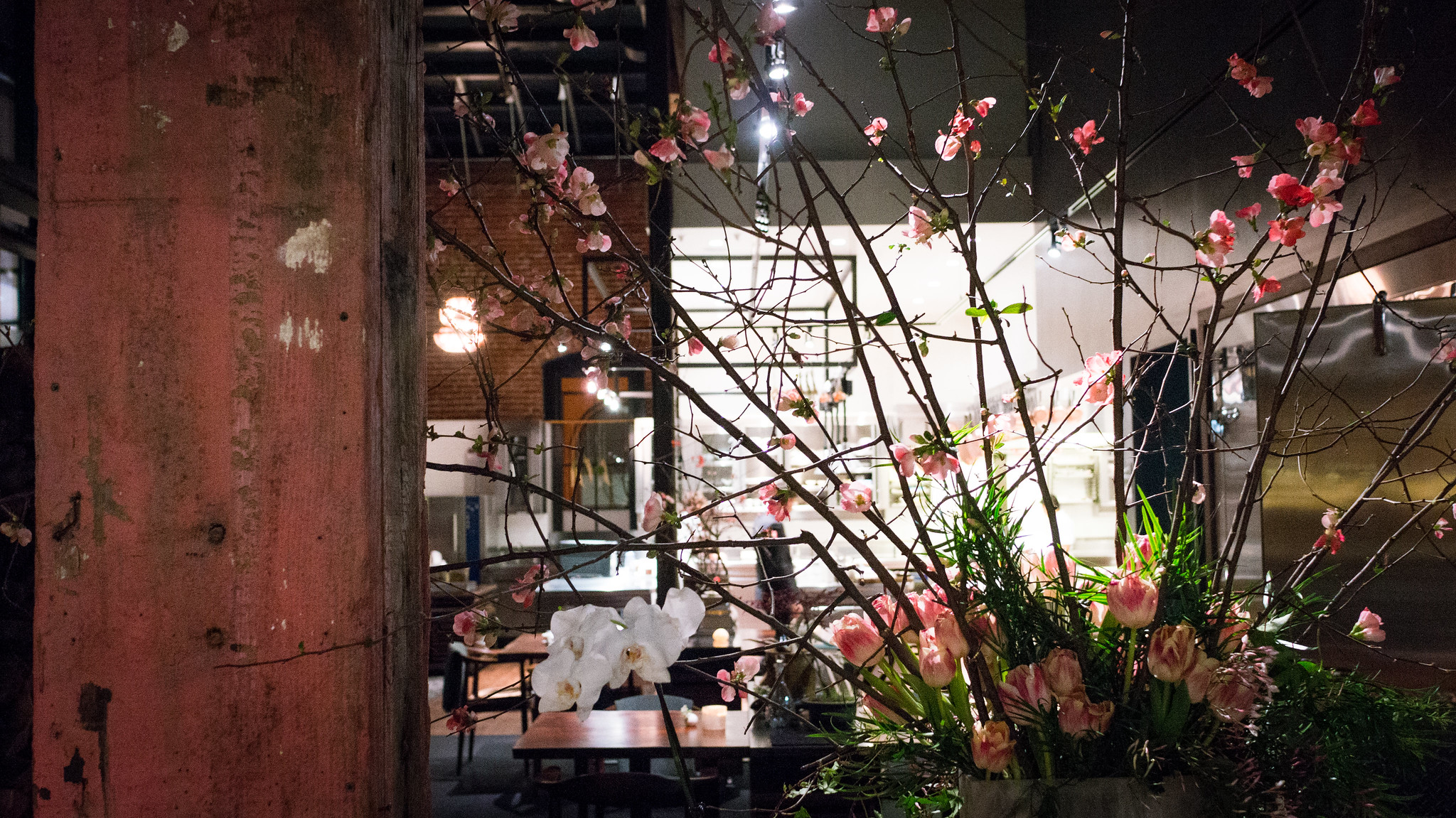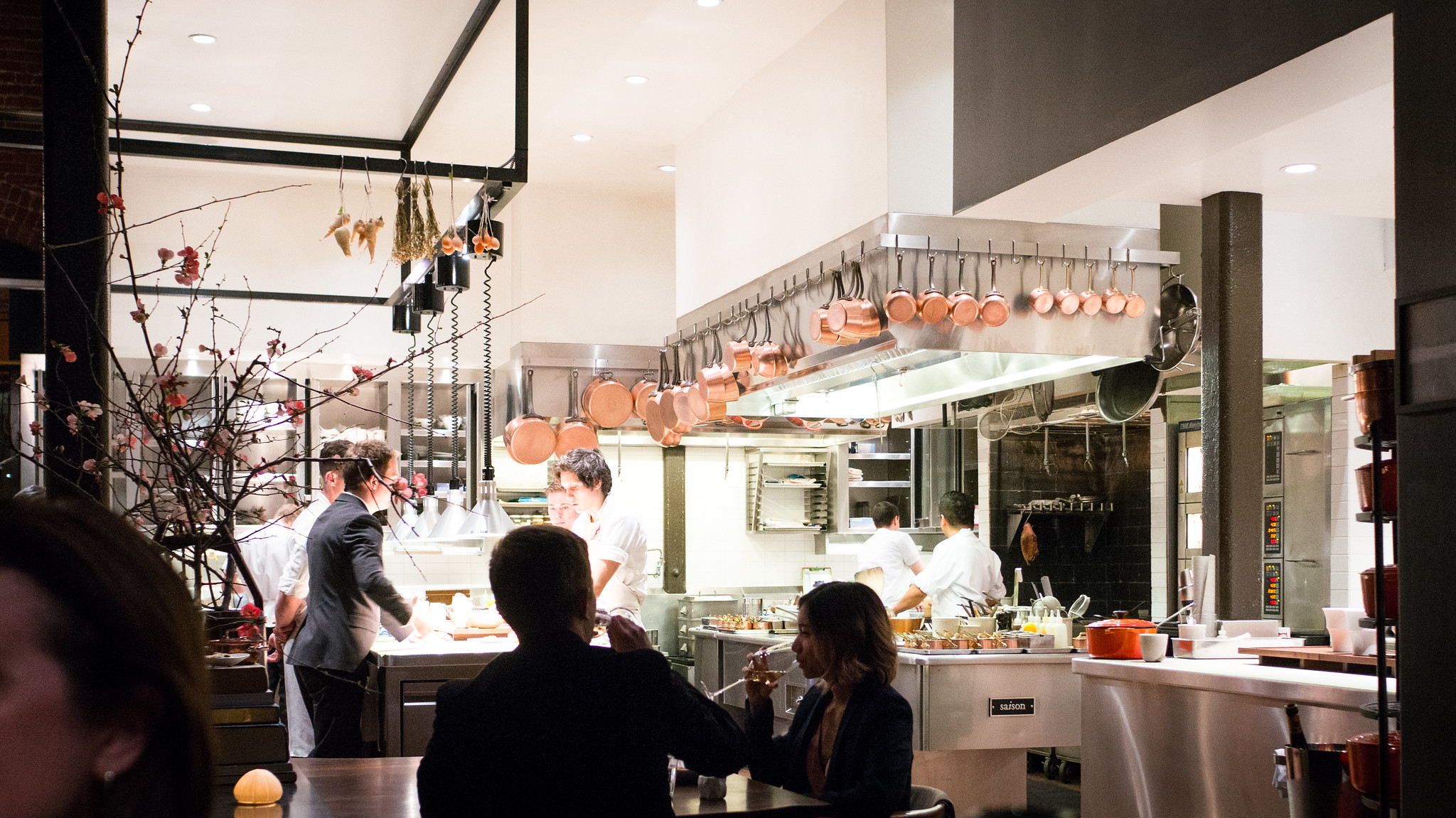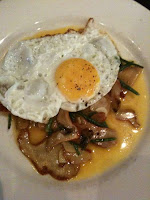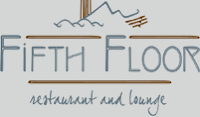Our trips to Northern California always seem to start the same way. The non-stop flight from Miami gets us into San Francisco around noon, and after six hours in the air we are ready to stretch our legs and fill our bellies. While the order of those priorities sometimes varies, the former always involves a walk across town (typically starting from the hotel in SOMA or near Union Square, winding our way through Chinatown, then North Beach, and finally out to the Fisherman's Wharf to fulfill our obligations as tourists); and the latter invariably involves dim sum.
This time around, we elected to start with the belly-filling dim sum portion of the agenda, particularly since our hotel was only a few blocks away from
Yank Sing. The
commonly held wisdom among SF locals these days seems to be that the best dim sum is found in the farther reaches of the Bay Area: the Richmond District in San Francisco, and even further afield in Millbae and San Mateo. But for in-city eats, Yank Sing still has a well-earned reputation that we've confirmed on several prior visits; plus, it was geographically desirable.
The original Stevenson Street location is somewhat hidden in plain sight one block south of Market Street, and with its floor-to-ceiling glass windows and white tablecloths, it is one of the more polished-looking dim sum venues I've visited. Service is push-cart style, and tea is brought in stylish glass infusion pots. We selected a fairly customary lineup of items: xiao long bao (pork soup dumplings), har gow (shrimp dumplings), shiu mai (pork & shrimp dumplings), baked char siu bao (bbq pork buns), potstickers, turnip cake, fried shrimp, spring rolls, and custard tarts. We also added on four pieces of Peking duck, a nice item to be able to get as dim sum, with big slivers of crispy skin with a little meat attached, to be stuffed into little steamed buns along with some hoisin sauce and shredded scallion.
The xiao long bao are something of a house specialty and are indeed a fine example. The dumplings have a smooth, thin, just slightly elastic shell, within which lurks a filling of minced pork bathing in a mouth-filling gulp of rich broth (they are made by including cold, gelatinized broth in the filling, which warms back to a soup when the dumplings are steamed). Yank Sing's recommended eating method is to gently place the dumpling in a soup spoon (without breaking the wrapper), and ladle over some ginger-infused vinegar - from there you're on your own. I bite off a bit from the top of the dumpling, slurp a bit of broth, then eat the rest in one gushing mouthful.
XLB have made occasional appearances in Miami (briefly at Jumbo, in the North Miami Beach location now housing Hong Kong Noodles; at Mr. Chu's, a dim sum place on South Beach which has now moved to Coral Gables as Chu's Taiwanese Kitchen, though I don't believe they have dim sum service any longer; I have heard the newly opened
Philippe on South Beach will be offering them, though I haven't yet been to confirm) but they are pretty hard to find here. That's too bad, as when done well I think they are one of the crowning achievements of dim sum cookery. Frod Jr. and Little Miss F certainly thought so, too. We ended up having to order two rounds (6 dumplings apiece) and I still only got two XLB total.
The rest of the dim sum was all good, high quality, and pleasing, though there was nothing that really floored me. Despite advertising that they offer over 100 selections, the choices available during our visit seemed much less broad, and focused primarily on traditional, middle-of-the-road items. I saw no chicken feet, no tripe, nor anything else particularly exotic. In Yank Sing's defense, I think the Rincon Center location may have a broader selection, and on a return visit on the back end of our trip (return visits are highly irregular on the same trip for us, but the kids insisted on another XLB experience) we did try a few more unusual items, including a bright yellow steamed dumpling (colored with egg yolk?) stuffed with minced vegetables, and a tofu item topped with an assertively-flavored dice of onion, ginger and chiles.
The carts are many and are regularly moving throughout the restaurant, and special items also get circulated frequently (the Peking duck, lettuce cups, big pieces of baked sea bass). Servers are generally very friendly, including one who diligently hunted down some fresh XLB for us on our second visit when we didn't see any circulating. The high volume helps keep everything fresh and hot, which is always a plus.
I was somewhat floored by the bill after our first visit, which came out to well over $100 for about 11 items - easily the most I have ever paid for dim sum for 4 people. On our return visit I got a look at a pricelist and at least began to understand how it got so high. Even the cheapest items go for around $4-5 an item, and many, like the xiao long bao, are around $10 or even higher. The Peking duck goes for a whopping $5 a piece. Whether or not the dim sum is worth this kind of premium (easily 2x what I'm accustomed to seeing at many other places) is certainly open to debate.
And while I'm not one of those people who seem to believe (particularly when it comes to "ethnic" food) that the dirtier the place, the better the food (I'm not sure what distinguishes House of Nanking other than its grimy windows) - there is something that seems to me just a little too sanitized about Yank Sing. It's not so much the clean restaurant and the white tablecloths - it's the absence of any offal or even for that matter any meat on the bone that seems sort of odd. The food is good, and the xiao long bao are exceptional; but I miss some of the variety that often makes a dim sum meal so pleasing.
Yank Sing
49 Stevenson Street
San Francisco, CA 94105
415.541.4949


The following day, we ended up again retracing steps from one of our prior visits to San Francisco, and went to Great Eastern for lunch. Great Eastern is a big, bustling place in the heart of Chinatown, with two floors filled with tables, and the back of the restaurant occupied by several tanks holding live seafood - dungeness crabs, spot prawns, ling cod, geoduck clams, and other delicacies. They offer checklist-style dim sum service at lunchtime, and also a
lengthy menu that runs the gamut - a cornucopia of seafood items, unsurprisingly, but also Chinese BBQ, cold platter items, all sorts of soups, clay pot dishes, and plenty else to boot (goose chitterlings, goose web, sea cucumber, etc.).
We had a cold platter with thinly sliced beef shank, duck tongues, and jellyfish. The beef shank was nice, with a slightly gelatinous texture, and a rich flavor not completely overwhelmed by soy and five-spice. The jellyfish I'm also growing quite fond of, its long, slightly bouncy strands reminding me both in appearance and texture of a thick cellophane noodle, dressed with sesame oil and a touch of vinegar. The duck tongues, however, have yet to demonstrate their allure to me - somewhat firm, not too flavorful, and with a bit of cartilage running up the middle that was a tad too hard to comfortably chew up. After a few tries I figured out how to scrape the meat off the strip of cartilage, but it still hardly seemed worth the effort. These seem like they'd be better in a warm preparation, or perhaps confited.
The dim sum we ordered was generally pretty pedestrian and unexciting (the kids scorned the xiao long bao here as decidedly inferior to those at Yank Sing, though they still finished them); a "house special" dim sum item of "pasta" roll with spicy XO sauce was at least something I'd never seen before. The somewhat thick rice pasta sheets I've often seen wrapped, crepe-like, around roast pork or other fillings were here rolled and then sliced crosswise (like cinnamon buns) and dressed with a chunky chile-garlic sauce and also some shredded meat.
The real standout at Great Eastern - as I could have predicted - was the seafood. Our table was right next to those tanks, and from the moment we sat down I couldn't take my eyes off the spot prawns dancing above our heads. Our server said the minimum order was 1 pound (for $35) which he recommended we get steamed. Done. This order brought at least 8 beautiful prawns, split in half cross-wise and dressed with a colorful and flavorful confetti of garlic, ginger, chiles and cilantro. They were beautifully fresh and sweet.
I've only begun to scratch the surface of San Francisco's dim sum and Chinese options, but it is these kinds of experiences that always make me skeptical of any claim that a particular place is the "best" dim sum in town (or any other food genre for that matter). Yank Sing may have the best xiao long bao in town but I'm dubious they could run the table for every other variety of dim sum too. The fresh seafood at Great Eastern was excellent but the rest of the stuff was fairly pedestrian. I suspect that with enough exploration, you could find plenty of "bests" for different individual items. Maybe next visit we should squeeze in a field trip to Millbrae.
Great Eastern
649 Jackson Street
San Francisco, CA 94133
415.986.2500


